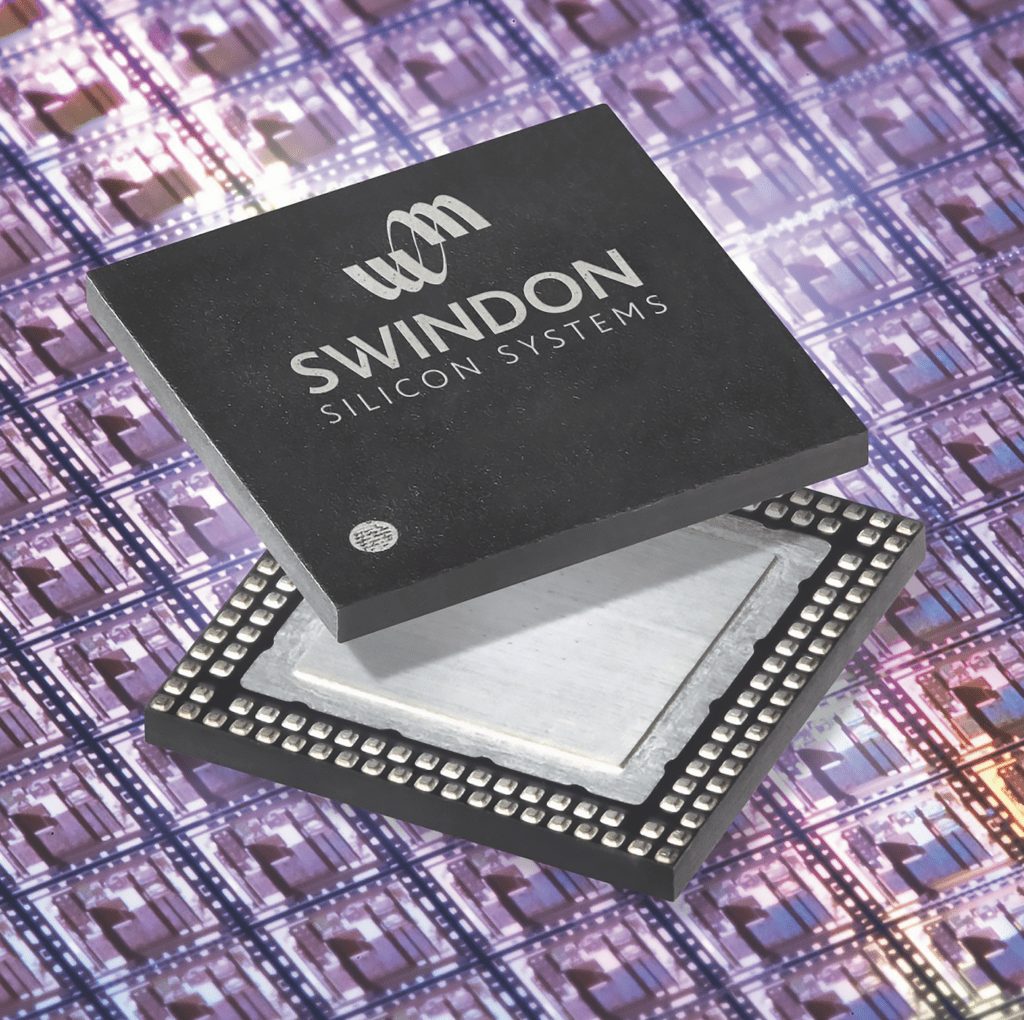 Swindon Silicon Systems’ director of sales, Richard Mount, explains how application specific ICs, or ASICs, offer a solution to component obsolescence
Swindon Silicon Systems’ director of sales, Richard Mount, explains how application specific ICs, or ASICs, offer a solution to component obsolescence
An ASIC is a bespoke chip designed precisely for its destined application. Taking a custom design approach means an ASIC can offer many benefits over a standard IC, including improved performance and reduced power consumption.
In the case of a chip becoming obsolete, an experienced ASIC designer can replicate the functions of the old chip onto an ASIC. This may be completed on a similar silicon process or more modern process with higher speeds, depending on the obsolete part’s age and when it was first designed. This offers an ideal route for manufacturers with products still early in their lifecycle, plus those in critical sectors that need a high-quality, guaranteed chip supply over a prolonged period. With the ability to replicate the design and performance, it’s possible for the new chip to offer all the benefits of ASIC design while fulfilling the requirements of the original IC.
Where obsolescence notification is short notice, the time taken for ASIC design and development can be a concern. This can be approached in a two-stage process where a last-time-buy (LTB) is purchased along with the commencement of a replacement ASIC development. If the original schematics are available, this could possibly simplify and shorten the design phase. ASIC engineers can also use existing circuit- block IP as part of their design, streamlining the process and shortening the timeframe between specification and production, thus reducing the LTB requirements and subsequent cost.
ASICs are designed with non-obsolescence in mind. The two main components that typically can become obsolete are the silicon process and packaging. With the latter, it’s typically easy to find an alternative and the change can be made with a potential requalification process completed by the ASIC supplier and customer. However, the silicon process requires more thought. An experienced ASIC designer can advise on the right choice. The primary factor is choosing a silicon process that meets the performance criteria while also matching the end product’s availability requirements, ultimately satisfying performance, maturity and longevity needs.
In the unlikely case that process obsolescence comes sooner than calculated, the ASIC supplier will typically receive around two years’ notice from the foundry,giving the supplier and manufacturer time to find a solution. This could include porting the design onto a new silicon process. This occurrence is rarely seen in the ASIC world.
As in the case of standard ICs, purchasing an LTB of fully packaged chips is an option. However, it is also possible to purchase an LTB of wafers instead. These can be stored in dry nitrogen cupboards for up to 30-years, allowing the ASIC supplier to fulfil orders as and when required. Cost is another advantage, with the commercial outlay of an LTB supply of wafers often much lower than complete chips.
Regardless of the route, it is crucial customers are involved early in the decision- making process. This ensures a complete non-obsolescence plan from the start of the ASIC design process. It also means manufacturers face significantly lowerrisks of being left without supply or unexpectedly needing to fund an LTB outlay of chips over the product lifetime.
Component obsolescence is not ideal for any manufacturer but solutions are available. By turning to custom IC design, producers are offered a replacement chip in a time of need and a chip designed to last a lifetime.
With over 50-years’ experience in the design and supply of ASIC solutions for the automotive and industrial sectors, Swindon Silicon Systems
has the technical expertise to offer a solution for ASIC applications.
